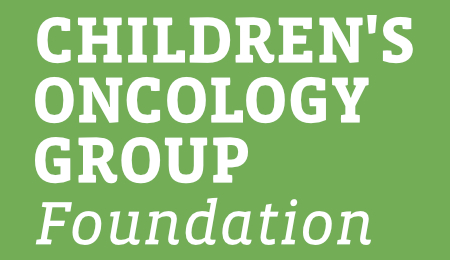Just Diagnosed
- This group of tumors includes Ewing sarcoma, atypical Ewing sarcoma and peripheral primitive neuroectodermal (PNET) of bone. These tumors are sometimes referred to as the Ewing family of tumors.
- Ewing sarcoma and related tumors represent 2-3% of all children’s cancers.
- About 250 children and adolescents are diagnosed with Ewing sarcoma or related tumors in the United States each year.
- Pain at the site of the mass, with soft tissue swelling around the mass
- In cases of metastatic disease (where the cancer has spread), patients may have general symptoms such as loss of appetite, fever, malaise, fatigue, and weight loss
- Other symptoms related to the specific location of the tumor
Quite often a child’s regular doctor may have already performed some type of x-ray; such exams are often repeated by the specialist. If a bone tumor is suspected, it is important that the child is diagnosed and treated by a team experienced in dealing with children with cancer.
The most important evaluation of the tumor is the biopsy. In this test, a sample of tumor tissue will be removed from the site and examined under a microscope by a pathologist.
Determining the Extent of Disease
In patients with Ewing Sarcoma, 10% to 30% have metastatic disease at the time of diagnosis, meaning the cancer has spread to other areas. Staging the disease—determining how far it has spread—is very important because it helps the healthcare team make the best, most informed decisions about treatment.
Some of the other examinations that may be performed include:- CT scan or MRI of the primary tumor
- Chest x-ray
- CT scan of the chest
- Bone scan
- Bone marrow aspirate and bone marrow biopsy
- Primary site
- The presence of metastasis
- Size of the tumor
- Age of the child
Causes of Ewing Sarcoma
Researchers currently DO NOT know what causes Ewing’s sarcomas. However, they do know that it is not associated with any other cancers and there is no additional risk among families in which a single person has Ewing Sarcoma.
Only a few risk factors for Ewing sarcomas are known for sure. Ewing sarcomas occur mostly in Caucasian and Hispanic children. Caucasian and Hispanic or Latino children are about 9 times more likely to develop Ewing sarcoma compared to African American children. Ewing sarcomas are rare in Chinese and Japanese children. More boys than girls develop Ewing sarcoma.
Last updated July, 2011
About Ewing Sarcoma
In Treatment for Ewing Sarcoma
After Treatment of Ewing Sarcoma








